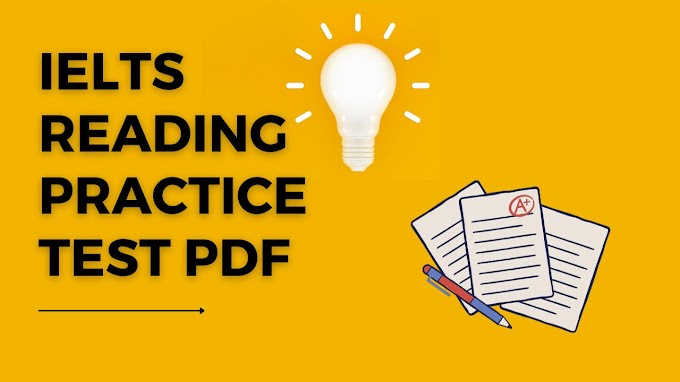The Creativity Myth Reading Answer
It is a myth that creative people are born with their talents: gifts from God or nature. Creative genius is, in fact, latent within many of us, without our realising. But how far do we need to travel to find the path to creativity? For many people, a long way. In our everyday lives, we have to perform many acts out of habit to survive, like opening the door, shaving, getting dressed, walking to work, and so on. If this were not the case, we would, in all probability, become mentally unhinged. So strongly ingrained are our habits, though this varies from person to person, that sometimes, when a conscious effort is made to be creative, automatic response takes over. We may try, for example, to walk to work following a different route, but end up on our usual path. By then it is too late to go back and change our minds. Another day, perhaps. The same applies to all other areas of our lives. When we are solving problems, for example, we may seek different answers, but, often as not, find ourselves walking along the same well-trodden paths.
The Creativity Myth Ielts Reading Answer
1. E
2. C
3. A
4. D
5. B
6. C
7. C
8. D
9. A
10. D
11. yes
12. not given
13. yes
14. yes
Locked Doors Open Access Reading Answer
The word, ‘security’, has both positive and negative connotations. Most of us would say that we crave security for all its positive virtues, both physical and psychological – its evocation of the safety of home, of undying love, or of freedom from need. More negatively, the word nowadays conjures up images of that huge industry which has developed to protect individuals and property from invasion by ‘outsiders’, ostensibly malicious and intent on theft or wilful damage.
Increasingly, because they are situated in urban areas of escalating crime, those buildings which used to allow free access to employees and other users (buildings such as offices, schools, colleges or hospitals) now do not. Entry areas which in another age were called ‘Reception’ are now manned by security staff. Receptionists, whose task it was to receive visitors and to make them welcome before passing them on to the person they had come to see, have been replaced by those whose task it is to bar entry to the unauthorized, the unwanted or the plain unappealing.
Inside, these buildings are divided into ‘secure zones’ which often have all the trappings of combination locks and burglar alarms. These devices bar entry to the uninitiated, hinder circulation, and create parameters of time and space for user access. Within the spaces created by these zones, individual rooms are themselves under lock and key, which is a particular problem when it means that working space becomes compartmentalized.
To combat the consequent difficulty of access to people at a physical level, we have now developed technological access. Computers sit on every desk and are linked to one another, and in many cases to an external universe of other computers, so that messages can be passed to and fro. Here too security plays a part, since we must not be allowed access to messages destined for others. And so the password was invented. Now correspondence between individuals goes from desk to desk and cannot be accessed by colleagues. Library catalogues can be searched from one’s desk. Papers can be delivered to, and received from, other people at the press of a button.
And yet it seems that, just as work is isolating individuals more and more, organizations are recognizing the advantages of ‘team-work’; perhaps in order to encourage employees to talk to one another again. Yet, how can groups work in teams if the possibilities for communication are reduced? How can they work together if e-mail provides a convenient electronic shield behind which the blurring of public and private can be exploited by the less scrupulous? If voice-mail walls up messages behind a password? If I can’t leave a message on my colleague’s desk because his office is locked?
Locked Doors Open Access academic Reading Answer
15. B
16. B
17. A
18. D
19. solved
20. protected
21. other people
22. cut-off
23. team-work
24. decrease in
25. touch-tone systems
26. electronic presence
27. no longer geographical



0 Comments